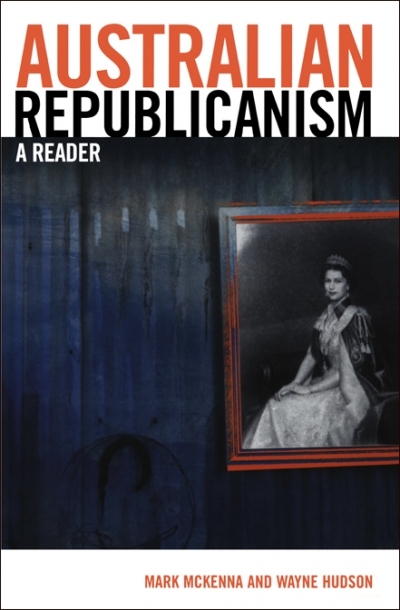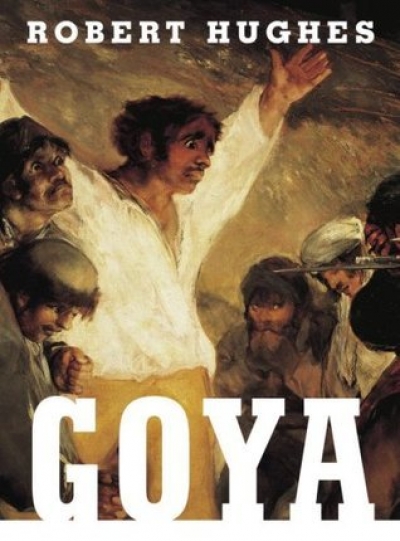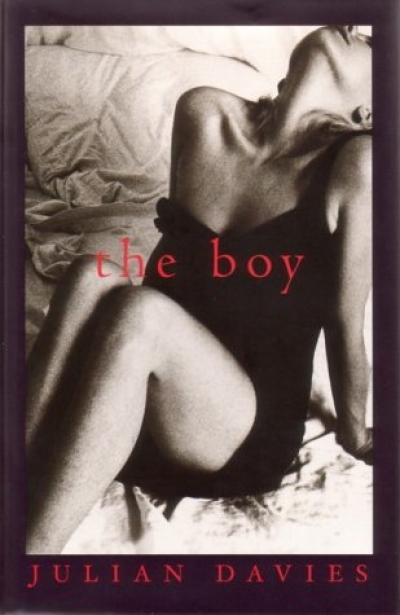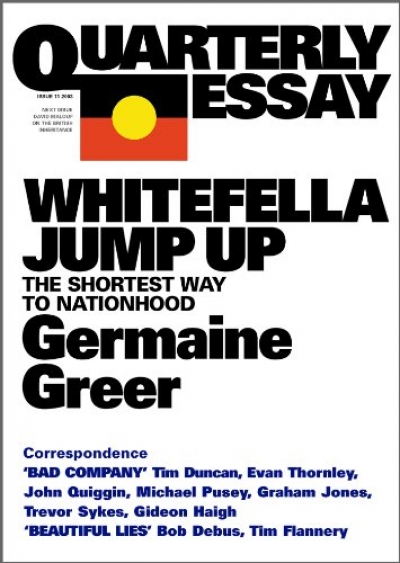Archive
The nexus between ABR and La Trobe University has always been strong, and our summer issue is a good example of this, with a long essay on George Orwell’s enduring influence by Robert Manne, Professor of Politics at La Trobe University (pictured in the next column with Professor Michael Osborne, Vice-Chancellor (centre), and Peter Rose, Editor of ABR). Two years ago, La Trobe University became ABR’s chief sponsor, an arrangement that has had immense intellectual and other benefits for the magazine. The partnership grows stronger all the time, and we were delighted when the university renewed its sponsorship last month. Full de-tails of the 2004 La Trobe University/Australian Book Review Annual Lecture, and other collaborative events, will follow in due course.
... (read more)Australian Republicanism: A reader by Mark McKenna and Wayne Hudson
Stromlo: An Australian observatory by Tom Frame and Don Faulkner
The Italians in Australia by Gianfranco Cresciani
Whitefella Jump Up by Germaine Greer & Made In England by David Malouf
The Best Australian Stories 2003 edited by Peter Craven & Secret Lives edited by Barry Oakley
September 18
Arrival in Savannah, Georgia, a town that seems to have at least seven syllables to its name. The heat is grey and sullen: the famous Spanish moss on the trees crackles at a touch. Midnight in the Garden of Good and Evil is everywhere; the place gives a general impression of being quite pleased with itself, though both wealth and poverty are sharply obvious. An odd place, perhaps, to look for the pianist and social reformer Hephzibah Menuhin, whose biography I’m in the northern hemisphere to research, especially since she never came here. But Savannah is only a step away from Beaufort, South Carolina, and this is where Hephzibah’s daughter Clara Menuhin Hauser lives. Clara is very important indeed
... (read more)







